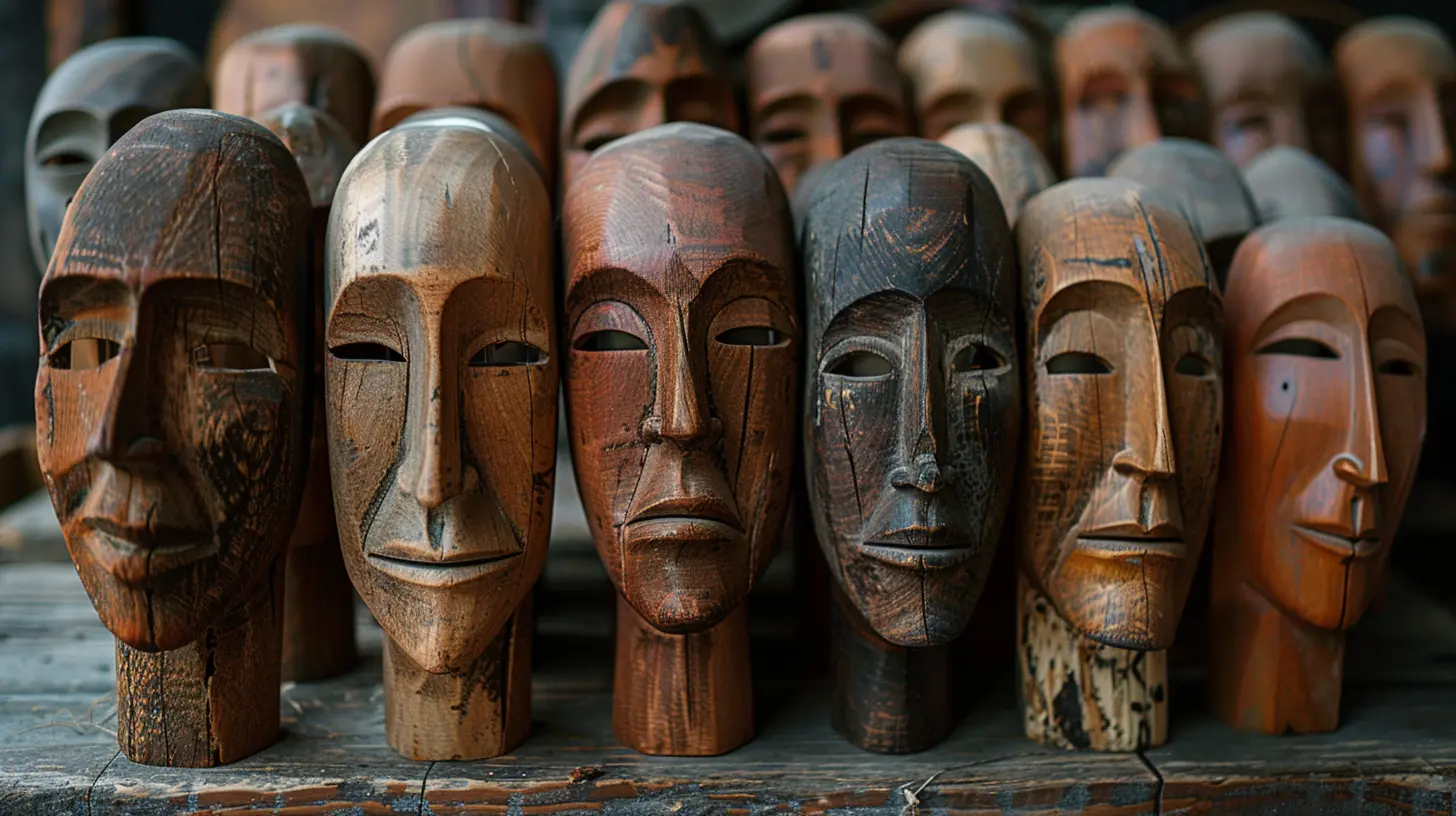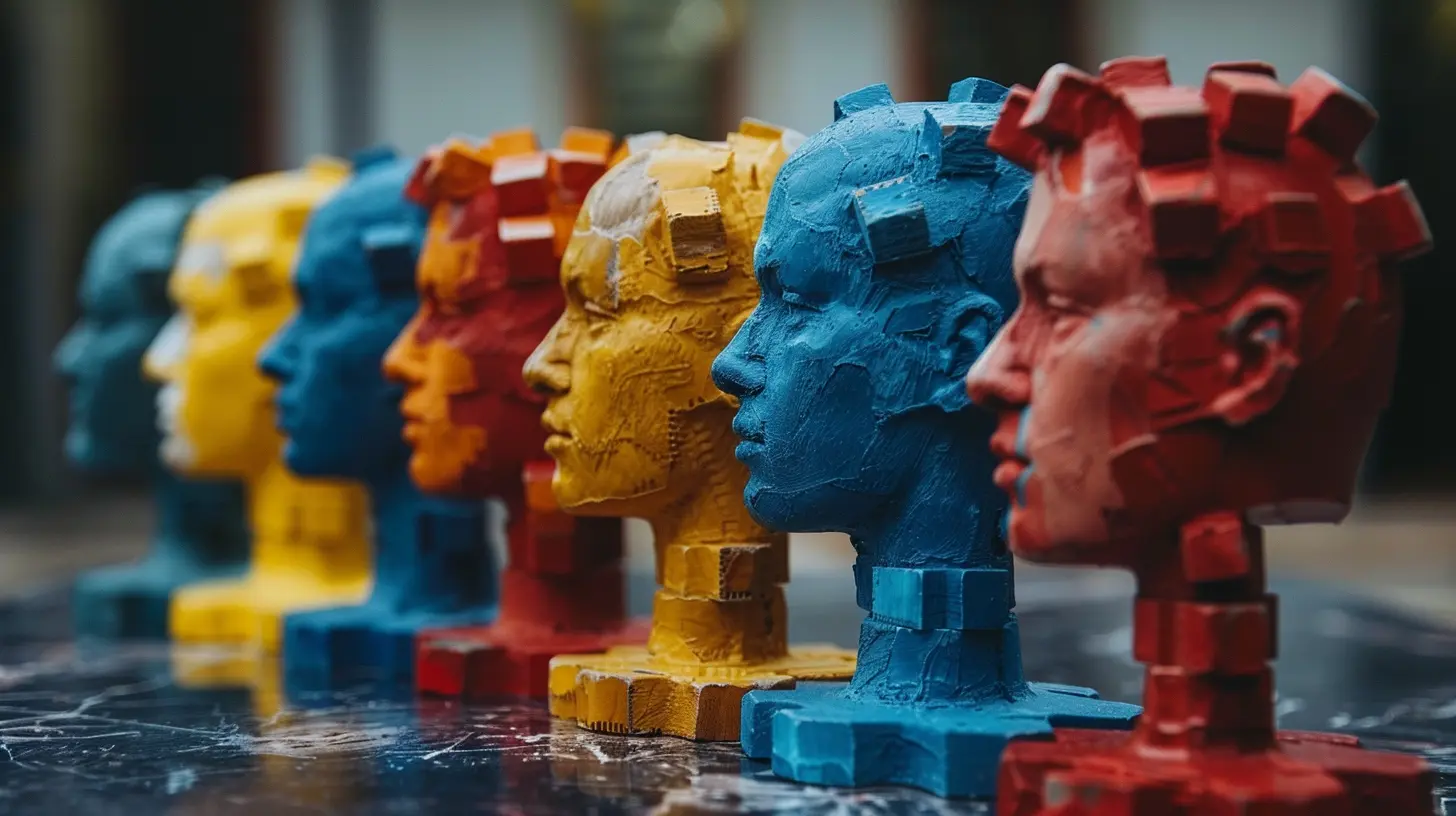The Evolution of Psychological Testing Methods Over Time
1 October 2025
Psychological testing has come a long way, hasn’t it? From those early days of measuring skull sizes (seriously!) to today’s digitally sophisticated personality assessments, our approach to figuring out what makes people tick has evolved dramatically.
But what exactly does “psychological testing” mean? And how did it become such a big part of therapy, education, hiring processes, and even criminal justice? Buckle up, because we’re taking a deep dive through the timeline of psychological testing methods — from ancient observations to AI-powered assessments.
What Is Psychological Testing, Anyway?
Let’s start with the basics. Psychological testing refers to the standardized process of measuring a person’s mental functions and behaviors. This can include intelligence, personality traits, aptitudes, emotional functioning, and more.Think about it like a mental X-ray — instead of bones, it helps reveal how you think, feel, and behave. Therapists, educators, and employers often rely on these tests to make informed decisions. But these tools didn’t just show up overnight.
The Very Early Days: Philosophy Meets Psychology
Before psychology was even “a thing,” ancient civilizations were already curious about human behavior. The Egyptians and Chinese dabbled in primitive assessments of ability and character. But let’s be honest – at this point, it was more philosophy than science.Ancient China: The First Civil Service Exams
Believe it or not, the Chinese had a form of psychological testing as early as 2200 B.C. That’s right — they tested candidates' abilities in order to assign government jobs. While these exams weren't psychological in the modern sense, they were the earliest attempt to standardize human capability measurement.It all boiled down to: Can this person think logically? Can they make decisions under pressure? That sounds pretty familiar, doesn’t it?
19th Century: Foundations of Modern Psychological Testing
Fast forward a few thousand years to the 1800s. This is where things start to get interesting. Psychology began to separate from philosophy and gain ground as a scientific discipline.Phrenology: A Bumpy Start
One of the earliest (and weirdest) forms of psychological testing was phrenology. Practitioners believed that the shape of your skull could reveal your personality. The logic? Different mental faculties were "housed" in different parts of the brain, and bumps on the skull indicated mental strengths and weaknesses.Spoiler alert: It was junk science. But still, it sparked interest in linking the brain to behavior.
Wilhelm Wundt: The First Psychology Lab
In 1879, Wilhelm Wundt opened the first psychology lab in Germany. He focused on introspection — essentially asking people to describe what they were thinking and feeling. While it wasn’t a test as we think of it today, it laid the groundwork for exploring the inner workings of the mind in a structured way.
Early 20th Century: The Birth of Standardized Testing
Now we're getting somewhere. The early 1900s witnessed some huge leaps in psychological testing. Concepts like intelligence, aptitude, and personality started to become quantifiable.Alfred Binet and the First IQ Test
Ah, the IQ test — the OG of psychological assessments. Created by French psychologist Alfred Binet in the early 1900s, the Binet-Simon scale aimed to identify children who needed special support in school. It measured things like memory, reasoning, and problem-solving.Here’s the kicker: Binet never intended for his test to label kids as "smart" or "dumb." But when the test was imported to the U.S., it evolved into the Stanford-Binet Intelligence Scale — the modern IQ test.
World War I and Mass Testing
During World War I, the U.S. Army wanted a quick way to evaluate incoming soldiers. So they developed the Army Alpha and Beta tests — basically, early group IQ tests. These assessments helped sort recruits into roles based on mental ability.This was a game changer. For the first time, large-scale psychological testing was used to make real-world decisions, and it worked (kind of). The success of these tests sparked interest in psychological testing across industries.
Mid-20th Century: Expanding Beyond Intelligence
Once intelligence testing took off, it didn’t take long for other types of assessments to follow. Psychologists wanted to measure not just how smart people were, but also who they were — their attitudes, fears, motivations, and more.Personality Testing Takes Center Stage
Enter the Myers-Briggs Type Indicator (MBTI), developed in the 1940s during World War II. This test sorted people into one of 16 personality types based on four dichotomies (like Introvert vs. Extravert). While popular in the workplace, MBTI has been critiqued for lacking scientific validity.At the same time, the Minnesota Multiphasic Personality Inventory (MMPI) was developed. Unlike MBTI, MMPI was designed for clinical use — helping diagnose mental health conditions. It's still widely used today and is one of the most rigorously tested personality assessments out there.
Projective Tests: Reading Between the Lines
Ever heard of the Rorschach Inkblot Test? That’s a projective test. These types of assessments ask people to respond to ambiguous stimuli with the idea that they’ll reveal hidden emotions or thoughts.Another popular one is the Thematic Apperception Test (TAT), where you're shown pictures and asked to make up a story. While less objective, projective tests were believed to tap into the unconscious mind.
Late 20th Century: Technology Enters the Scene
As we moved into the digital age, computers started changing the way psychological tests were administered and scored.Computer-Based Testing
By the 1980s and 90s, many tests transitioned from paper to screen. This wasn’t just about convenience. It meant tests could be adaptive — getting harder or easier based on your previous answers (think GRE or GMAT).Computer-based testing reduced human error and made scoring much faster. Plus, it opened the door for interactive and gamified assessments.
Neuropsychological Testing
Around this time, neuropsychological testing also gained ground. It focused on how brain injuries or disorders affected cognitive functioning. These tests became crucial in diagnosing conditions like ADHD, dementia, and trauma-related brain injuries.The 21st Century: Digital, Data-Driven, and More Inclusive
We’ve officially leapt into the future, and psychological testing is evolving faster than ever. Today’s methods are more precise, inclusive, and technology-driven.AI and Big Data in Psychological Assessment
Today, artificial intelligence (AI) is being used to analyze emotional cues, linguistic patterns, and even facial expressions during assessments. Some programs can predict personality traits from your responses to open-ended questions — no multiple choice needed.Need to assess emotional intelligence? There’s an app for that. Want to test your cognitive flexibility? Virtual reality can simulate real-world stressors.
These advancements are making assessments more nuanced and predictive. But they also raise questions about privacy and bias. After all, algorithms are only as good as the data they’re trained on.
Culturally Fair Testing
One of the big critiques of early psychological testing was its cultural bias. Many tests were designed around Western, white, middle-class norms.Modern testing methods are (finally) moving toward cultural fairness. Newer tools are tested across diverse populations, translated accurately, and adjusted to minimize socioeconomic bias. Because being “smart” or emotionally aware doesn’t look the same in every culture, right?
Where We’re Headed: The Future of Psychological Testing
Looking ahead, we can expect even more personalization, accessibility, and integration with technology.- Wearable tech might track physiological responses during testing.
- Real-time feedback could make tests more dynamic and helpful.
- Virtual simulations might assess social skills or problem-solving in real-world scenarios.
But perhaps most importantly, the future of psychological testing will (hopefully) walk the line between science and humanity — embracing complexity while being mindful of individual differences.
Final Thoughts: It’s Been Quite a Journey
From skull bumps to brain scans, from paper-and-pencil tests to AI-powered assessments — the evolution of psychological testing is a fascinating reflection of how we’ve tried to understand ourselves.It’s far from perfect, and the path hasn’t always been smooth. But each twist and turn has brought us closer to tools that are more accurate, inclusive, and meaningful.
And let’s be real — as long as we’re human, we’ll keep searching for ways to understand what shapes our minds and behaviors.
Because in the end, isn’t understanding each other the ultimate test?
all images in this post were generated using AI tools
Category:
Psychological TestingAuthor:

Ember Forbes
Discussion
rate this article
1 comments
Mitchell Wheeler
How have cultural shifts influenced tests?
October 21, 2025 at 2:29 AM

Ember Forbes
Cultural shifts have influenced tests by prompting the development of more inclusive assessments that account for diverse backgrounds and experiences, ensuring fairness and relevance in measuring psychological constructs.


